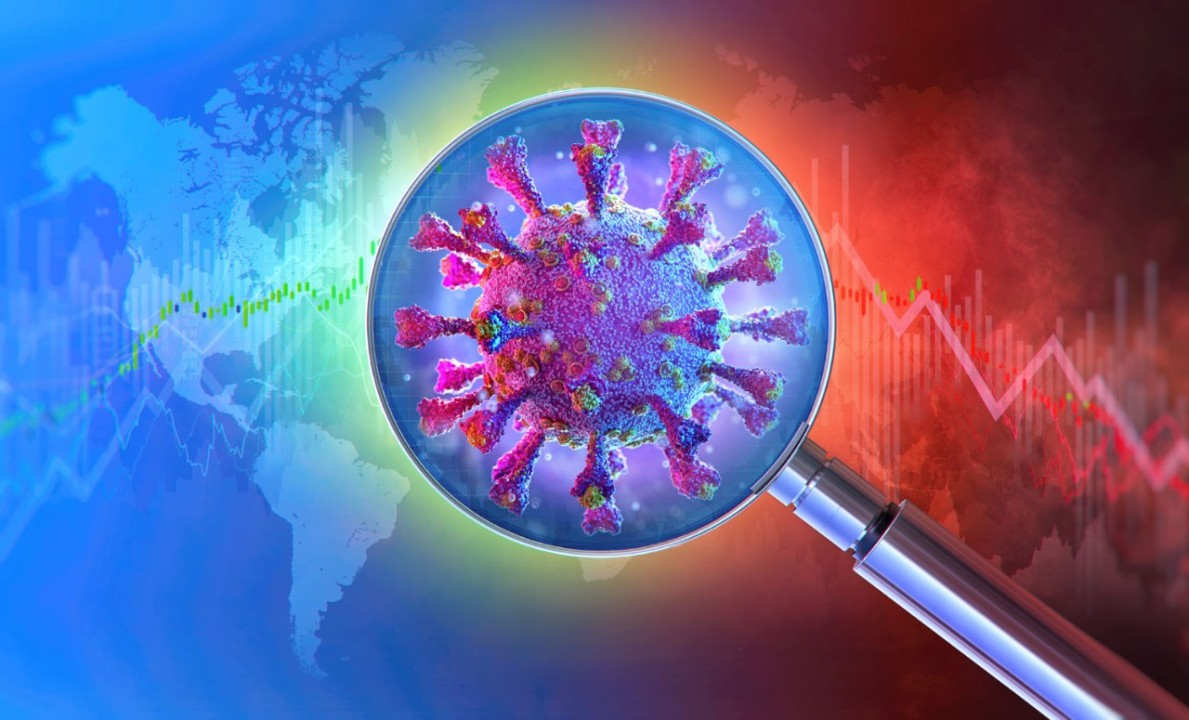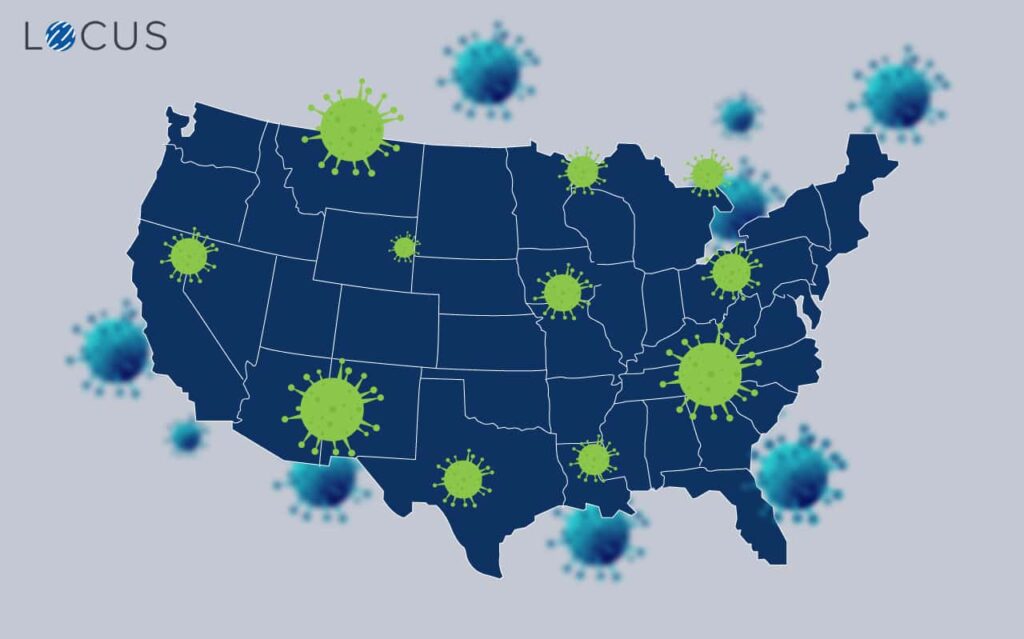A recent study has set off alarm bells about the potential for the H5N1 bird flu virus to mutate into a strain that could spark a human pandemic.
And the scariest part? It might only take a single mutation to make it happen.
The Current State of H5N1
The H5N1 strain has already caused 58 human infections across seven U.S. states in 2024, according to the Centers for Disease Control and Prevention (CDC). While bird flu viruses typically require multiple mutations to adapt to humans, this strain might be different.
The Q226L Mutation: A Game-Changer?
Scientists have discovered that a single amino acid mutation, dubbed Q226L, in the hemagglutinin protein could allow the virus to bind more effectively to receptors in human cells. This mutation was tested in laboratory settings and demonstrated a significant shift in the virus’s ability to attach to human-type receptors.

The Red Flag
According to James Paulson, co-senior author of the study, “When you think about mutations happening in nature, to get three is statistically really hard. But it’s orders of magnitude easier to get one. And so that’s the red flag that says we really need to keep paying attention to what’s going on.”
The Dairy Farm Connection
H5N1 infections in humans remain rare and have been primarily linked to direct contact with contaminated environments, infected birds, and, most recently, dairy cows. This year alone, 707 dairy herds have been affected, with California reporting the highest number of human cases (32). The spread of the virus in dairy farms is particularly worrying, as these sites have been the source of most human infections.
How Influenza Viruses Mutate
Influenza viruses mutate rapidly to survive, producing millions of variants within a single host. Most mutations are harmless or detrimental to the virus, but those that enhance survival or transmission are naturally selected. The key is how these mutations are selected for, according to Paulson.
The Importance of Vigilance
While the findings don’t suggest that the current H5N1 virus can spread between humans, they underscore the importance of vigilant monitoring. Paulson is particularly concerned about the upcoming flu season, where farm workers exposed to both human and avian influenza could increase the chance of a hybrid virus emerging—one capable of person-to-person transmission.
What’s Next?
The study’s authors stress that there is no immediate cause for alarm but urge proactive measures to track H5N1’s evolution. As Ian Wilson, another senior author of the study, put it, “There’s got to be a lot of surveillance going on and looking to see whether the viruses are starting to mutate in such a way that they could start to infect humans.”
The bottom line? We need to stay vigilant and keep a close eye on the evolution of the H5N1 virus to prevent a potential pandemic.

